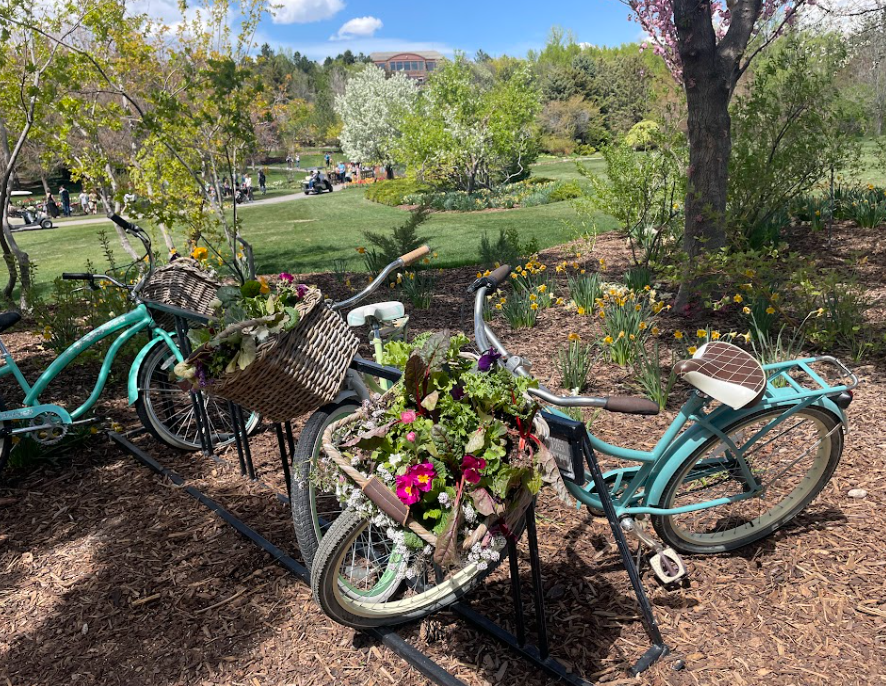

What does it take to create the largest tulip festival in the Rocky Mountain region? More than 900,000 bulbs, a tractor guided by GPS, and months of CAD-like design work powered by modern horticultural software.
Now in its 21st year, the Thanksgiving Point Tulip Festival blends nature and innovation to deliver a breathtaking six-week experience each spring. But beneath the vibrant floral displays lies a sophisticated operation driven by logistics technology, digital design tools, automated planting machinery, and horticultural data analytics.
Digital Design: The First Bloom of Innovation
Planning begins before the previous season’s petals have fallen. Horticulture designers like Lauren Abplanalp use advanced landscape design software to visualize and iterate on floral layouts, experimenting with patterns, themes, and bloom timing—long before a single bulb hits the soil. These designs are digitally mapped, critiqued in collaborative sessions, and fine-tuned for clarity and precision, especially important with GPS-driven equipment relying on exact coordinates.
“Some gardens have specialized themes that shift each year,” says Abplanalp. “We’ve designed beds inspired by the four seasons, elements, even times of day. Those get drafted and redrafted virtually to avoid costly errors when it’s time to plant.”
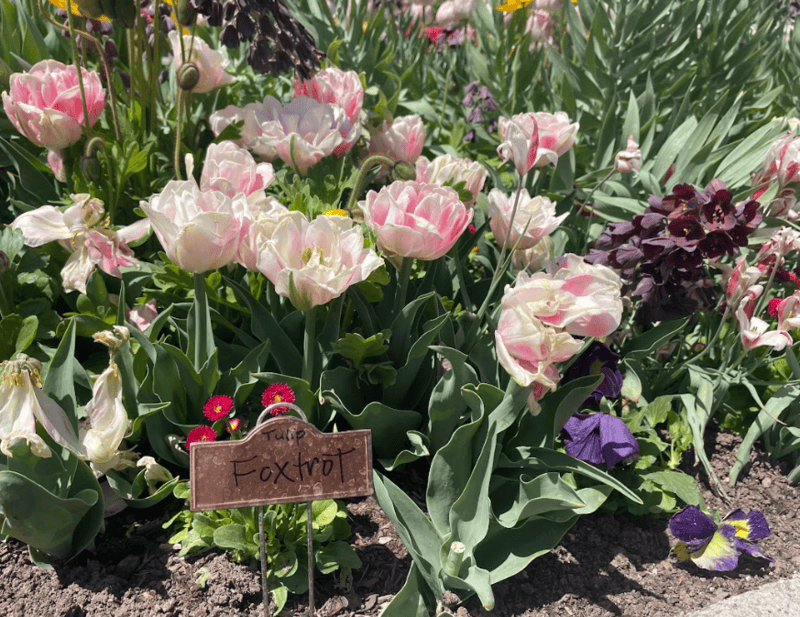
From Netherlands to Utah: Tech in Supply Chain and Crop Planning
All tulip bulbs are imported from the Netherlands—a process requiring advanced supply chain coordination. Thanksgiving Point’s horticulture team places orders 6–8 months in advance, using forecasting tools to anticipate variety availability, shipping timelines, and potential substitutions due to crop failures. When unexpected changes arise—like disease or variety shortages—the team quickly retools designs using digital renderings and modeling programs to keep planting on schedule.
Diseases are also tracked through horticultural monitoring software. “Tulips are vulnerable to viruses that don’t affect other plants,” explains Senior Director of Horticulture Tony Latimer. “We rotate in daffodils or pansies using bed history data to allow the virus to die out while keeping the garden blooming.”
Precision Planting Meets Automation
The biggest tech leap this year? A tractor equipped with a GPS-guided potato planter. In just three hours, the team planted over 90,000 tulips—an effort that used to take two weeks by hand. “It’s amazing what we can do now,” says Latimer. “The tractor can basically drive itself and follow a pre-programmed pattern with incredible accuracy.”
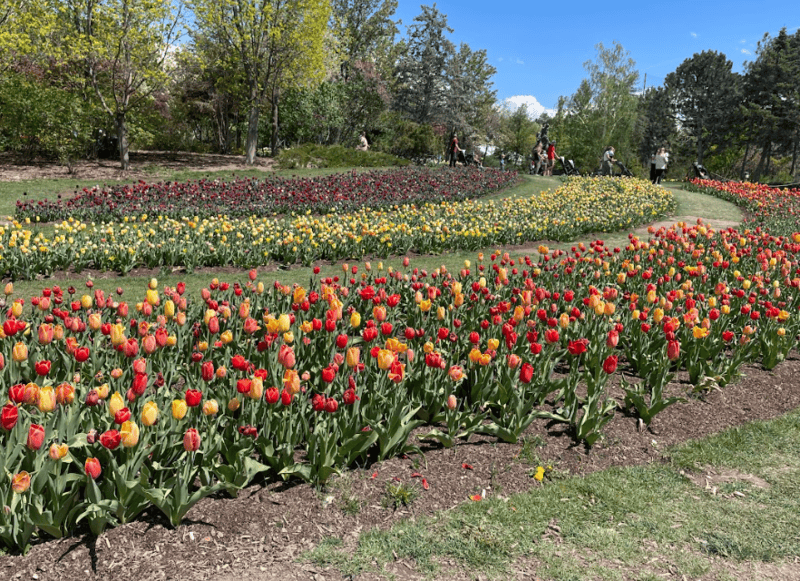
The results are dramatic: last year’s 250,000 tulips have been surpassed with nearly 400,000 bulbs planted—thanks in part to automation. The increased efficiency enables larger displays and more ambitious designs while reducing labor costs and planting time.
Timing Is Everything: Data-Driven Bloom Cycles
The entire layout is timed for staggered blooming using horticultural timing models. Designers program beds with combinations of early, mid, and late-blooming tulips, cross-referencing cultivar data to ensure that colors evolve over time. “Sometimes we fade the color story across the six weeks,” explains Latimer. “A bed might start with deep pinks and end in soft yellows—planned to the day.”
Designers also consult bloom-tracking data from the Fragrance Garden, a smaller plot that acts as a real-time lab. “We plant 25-30 tulips of each variety there,” says Latimer. “That way, we know exactly when each type starts blooming—useful when you’re coordinating hundreds of thousands of flowers.”
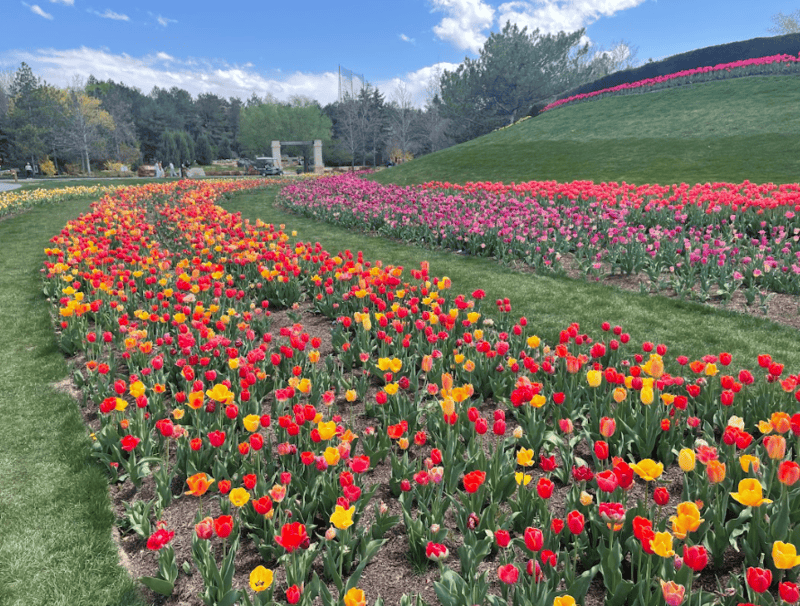
The Fragrance Garden: Where Tech Meets Theme
Each year, the Fragrance Garden is reimagined using digital design tools. “This year, it’s fairy garden-themed,” says Abplanalp. “We draft ideas collaboratively online before the bulbs are ordered.” In past years, themes included the 1970s and a tribute to Hispanic horticultural traditions—each realized through a blend of floral design and storytelling.
Augmented Experience: Mobile-First Access
Thanksgiving Point also embraces tech in the visitor experience. The Thanksgiving Point app allows guests to purchase tickets, access digital membership cards, and plan their visit—all from their phones. It’s an increasingly seamless digital touchpoint that complements the analog beauty of the gardens.
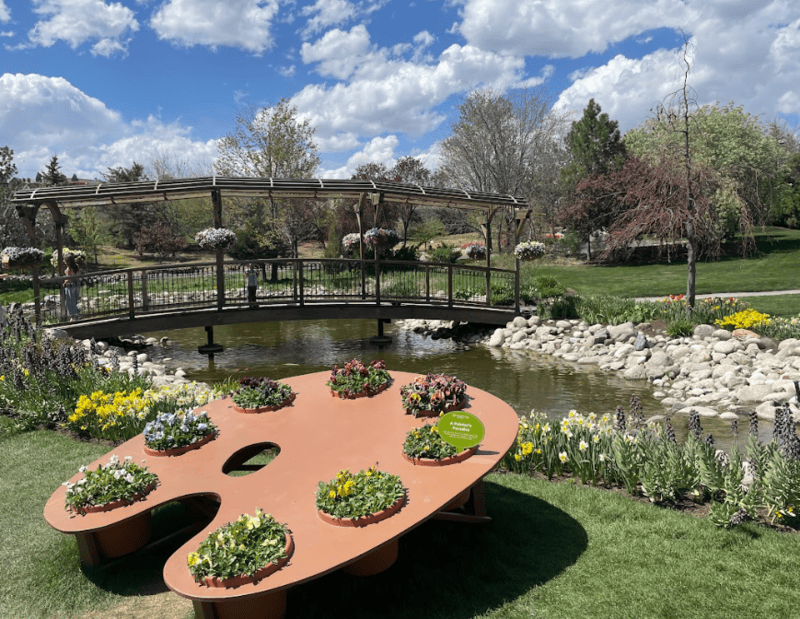
Looking Forward: A Growing Role for Tech
What began as a three-day experiment in 2004 is now a multi-week, tech-assisted horticultural showcase—arguably a blooming example of agricultural innovation. With GPS-guided tractors, precision timing models, and 3D digital garden plans, the Thanksgiving Point Tulip Festival stands at the intersection of art, science, and software.
As the festival continues to scale, future additions may include drone-based health monitoring, AR-guided tours, and interactive design previews. For now, it's clear that technology—quietly humming behind the scenes—is just as much a part of the bloom as the tulips themselves.
There is still time to experience this year's tulip festival at Thanksgiving Point. It wraps up on May 17th.
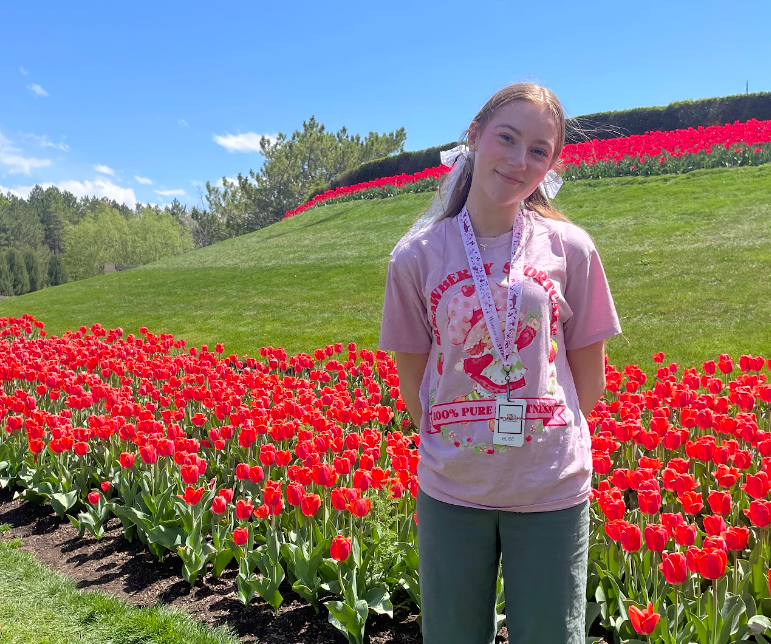
Thanksgiving Point PR Intern Elise Golightly is a Senior at American Fork High School. Her work thus far has focused on the technology involved with various programs at Thanksgiving Point in cooperation with Techbuzz News. Elise is dedicated and creative in both her academic and personal life. She is the Secretary and an editor of The Torch, a literary journal her school releases biannually.
Through a plethora of extra-curricular activities, including ten years of musical theater, five years of voice lessons, twelve years of competitive piano, and three years of painting, Elise has learned effective time management and collaborative skills. Elise plans to attend the University of Utah in the Fall and will be majoring in Journalism.

